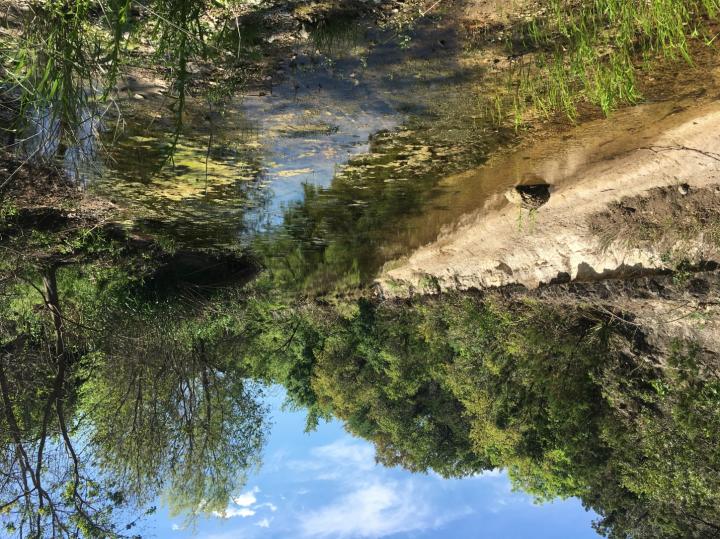
Photo: SwRI researchers selected the Helotes Creek Watershed in northwest Bexar County to study how different wastewater treatment scenarios could affect the Edwards Aquifer.
view more
Credit Image: SwRI
SAN ANTONIO — Oct. 20, 2020 — Southwest Research Institute developed an integrated hydrologic computer model to evaluate the impact of different types of wastewater disposal facilities on the Edwards Aquifer, the primary water source for San Antonio and its surrounding communities. The research results will guide authorities on what actions to take to protect the quality and quantity of water entering the aquifer.
The two-year study, which concluded in July, was funded through the City of San Antonio’s Edwards Aquifer Protection Plan (EAPP) under the direction of the San Antonio River Authority. The tax-funded EAPP identifies and protects land and water crucial to the well-being of the aquifer. SwRI researchers selected the nearly 25-square-mile Helotes Creek Watershed in northwest Bexar County as the study area. They combined surface and groundwater data, including streamflow and groundwater elevations, along with climate, soil and topographic input to create an integrated model of the watershed.
“We chose the Helotes Creek Watershed because it is entirely in the contributing and recharge zones of the Edwards Aquifer. Rainfall and bodies of water over these key zones replenish the aquifer,” said SwRI’s Mauricio Flores, who helped lead the project. “Our findings are intended to provide insight on which wastewater practices offer the best protection for the aquifer when considering new development in these critical zones.”
SwRI’s Water Resources group constructed a base case model, replicating what is happening now with septic systems already located in the watershed area. Starting with that data, they evaluated what would happen if they added wastewater disposal facilities to the region. Scenarios evaluated included additional septic or onsite sewage systems, facilities that reuse wastewater for irrigation and systems that dispose of wastewater in nearby creeks or rivers.
“We considered a range of hypothetical scenarios. The size and capacity of the hypothesized wastewater facilities were consistent with possible residential development in the Helotes Creek Watershed area,” said Dr. Ronald Green, SwRI technical advisor and project manager. “Our results predicted that installing additional wastewater systems in the region, regardless of type, would increase the amount of wastewater discharged to the environment and significantly degrade the watershed and the quality of water recharging the Edwards Aquifer.”
The Helotes Creek Watershed study was the first of its kind in this area. The findings are applicable to most watersheds in the aquifer’s contributing and recharge zones. However, SwRI researchers recommend expanding the study to outside of Bexar County to demonstrate how development and increased wastewater disposal would impact these areas.
“The results of the study not only highlight the impact development could have on the aquifer, but can also be used to prioritize protection of land, rivers and streams that recharge the aquifer,” said Flores. “Our findings show this type of research is vital to protecting important water resources.”
The City of San Antonio is conducting additional EAPP-funded research aimed at protecting the aquifer. An official city report, which will include the SwRI study, is expected in 2023.
###
For more information, visit https:/
TDnews (tunisiesoir.com)















